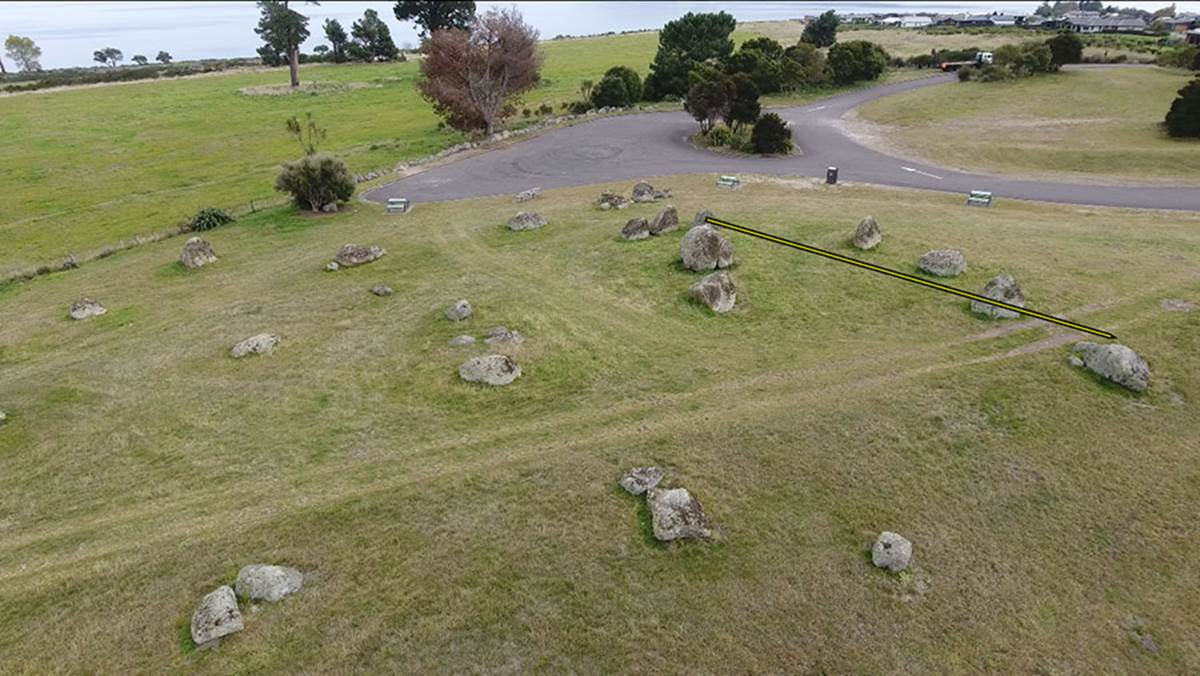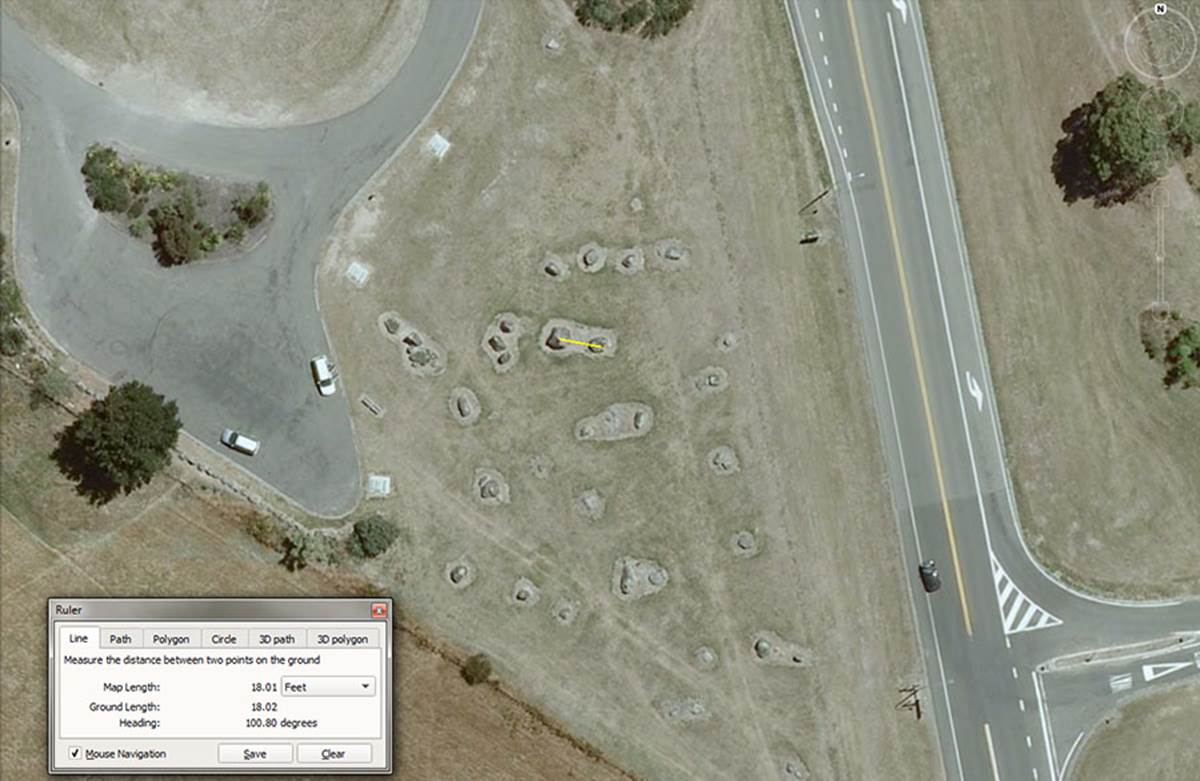
POSITION 19.

Again, this single obelisk sits close to the hubstone, allowing tutors to identify and review the merits of degree angles ranging from 88, 89.1, 90, 93.312, 95.04, 97.2, 100, 100.8, 101.25 & 105-degrees respectively. The distance reading is given as 18-feet, but 18.9-feet was achievable over the expanse same obelisk.
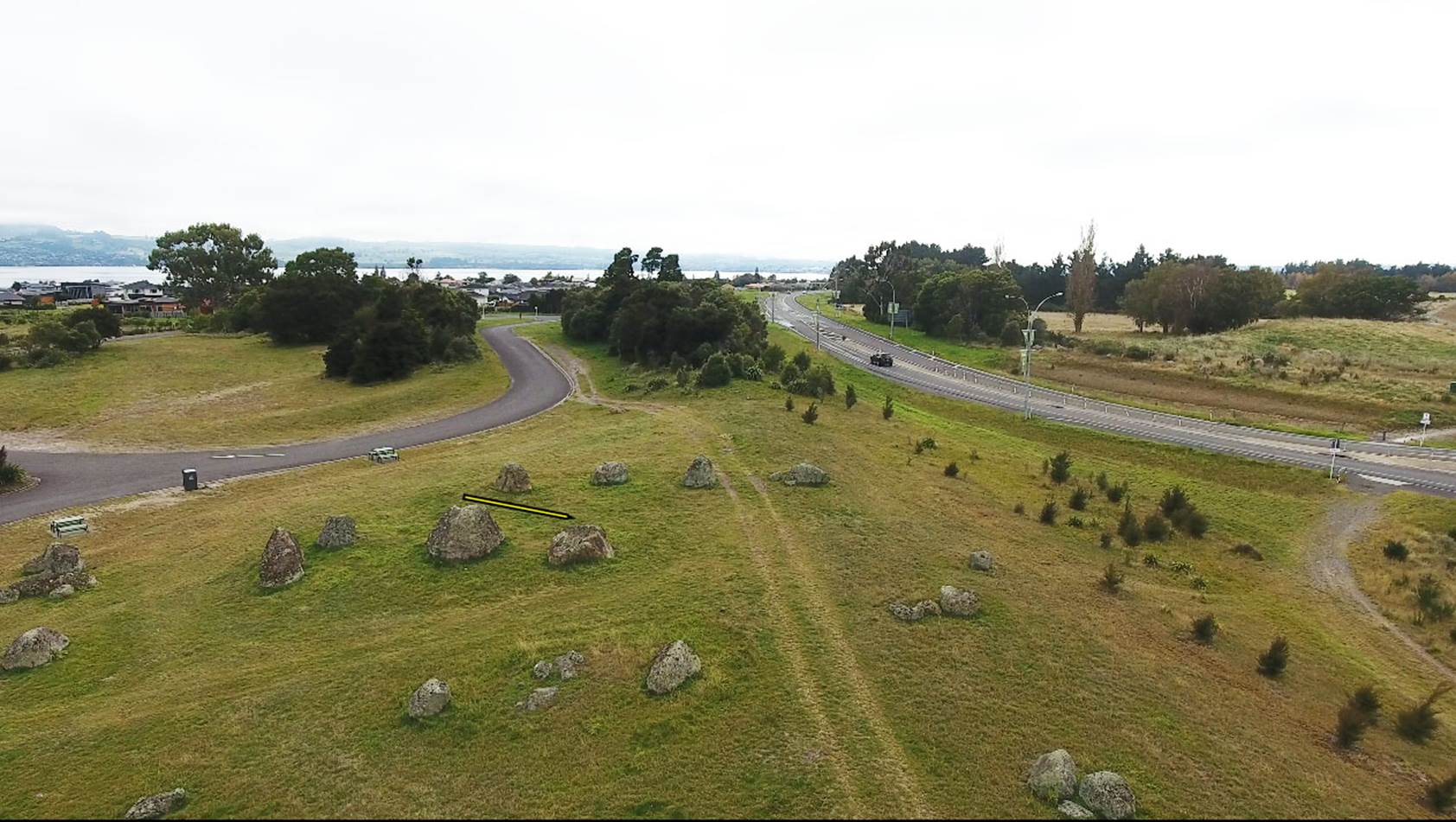
POSITION 20.
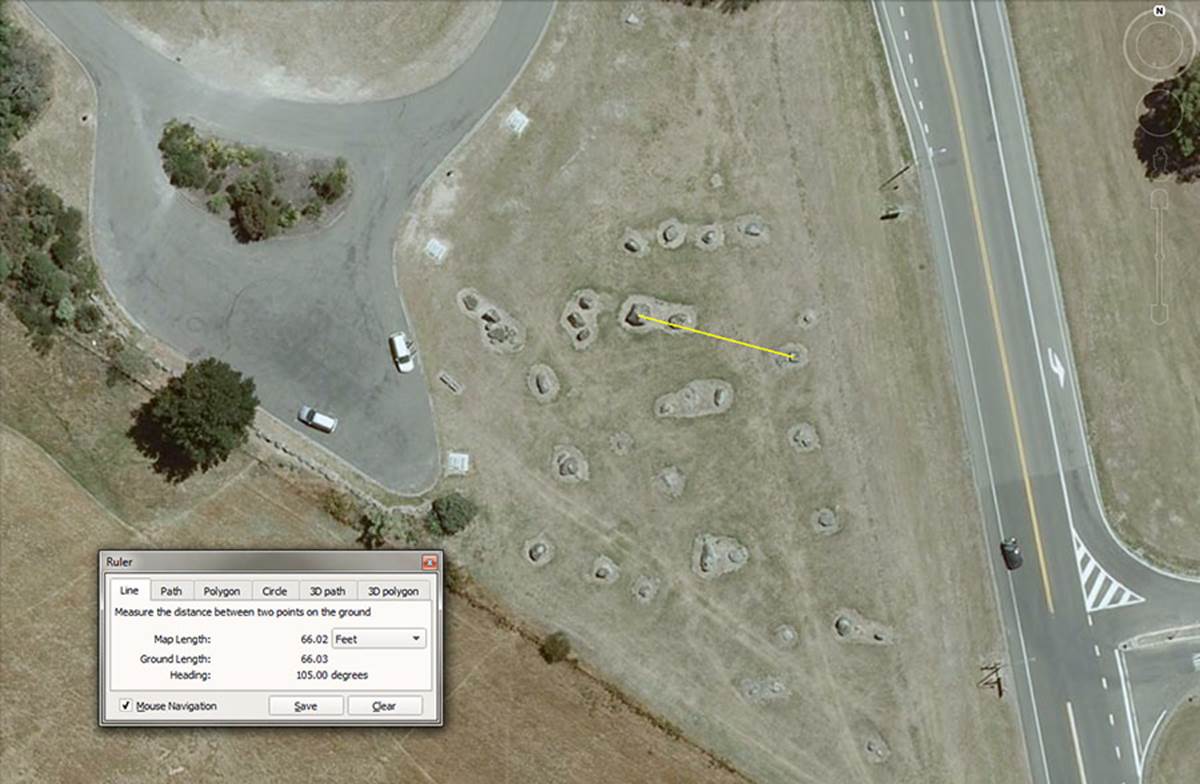
This boulder sits 66-feet (1-chain) away from the hubstone at an angle of 105-degrees (The Hebrew reed was 10.5-feet … navigation under the 5250-feet mile system) .
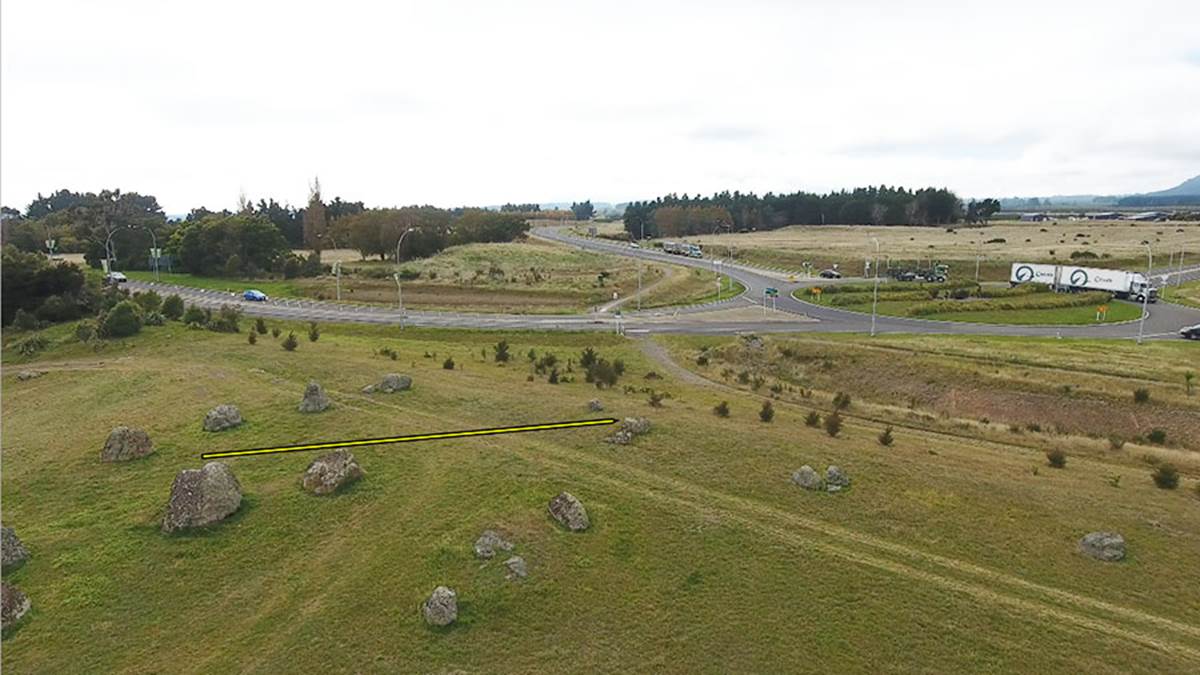
POSITION 21.
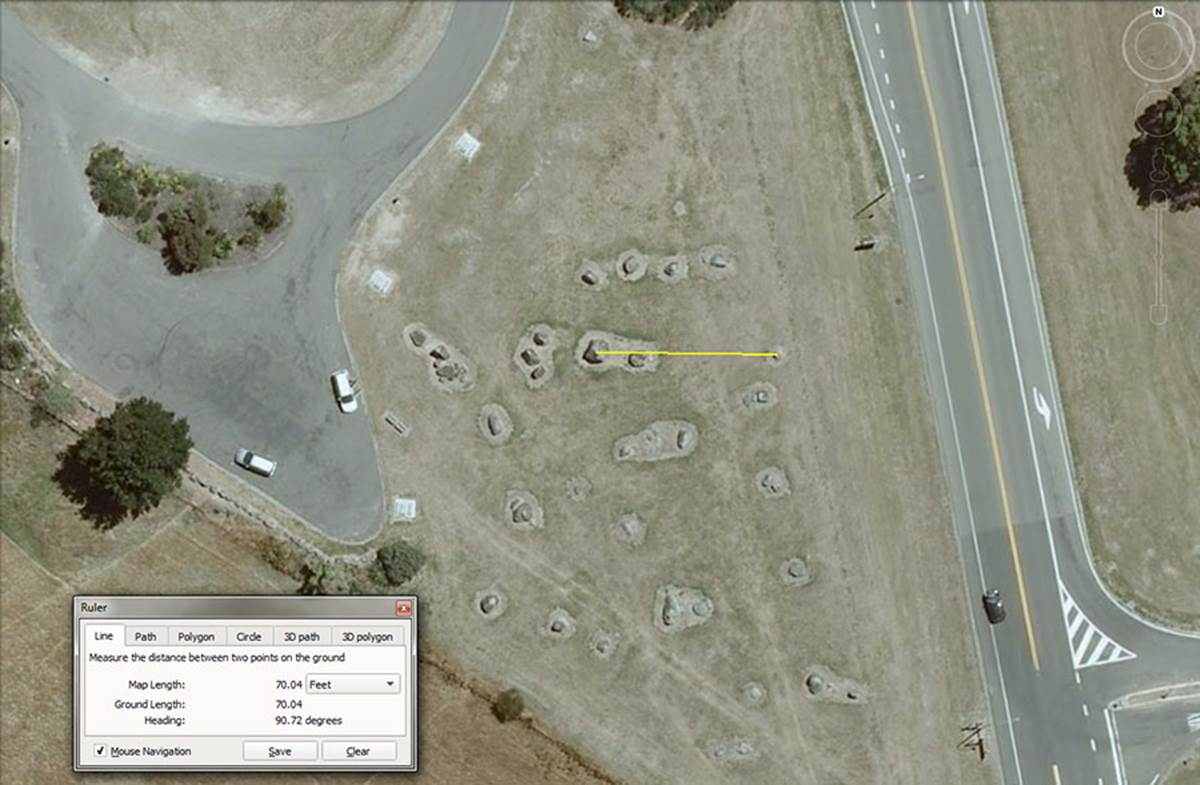
This boulder sits a coded distance of 70.4-feet from the hubstone on an angle of 90.72-degrees. That angle can also be 90.75-degrees.
There would be 75 increments of 70.4-feet in a mile of 5280-feet.
Under two separate navigational systems, the Great Pyramids base length was read as either 9072-inches (756-feet) or 9075-inches (756.25-feet).
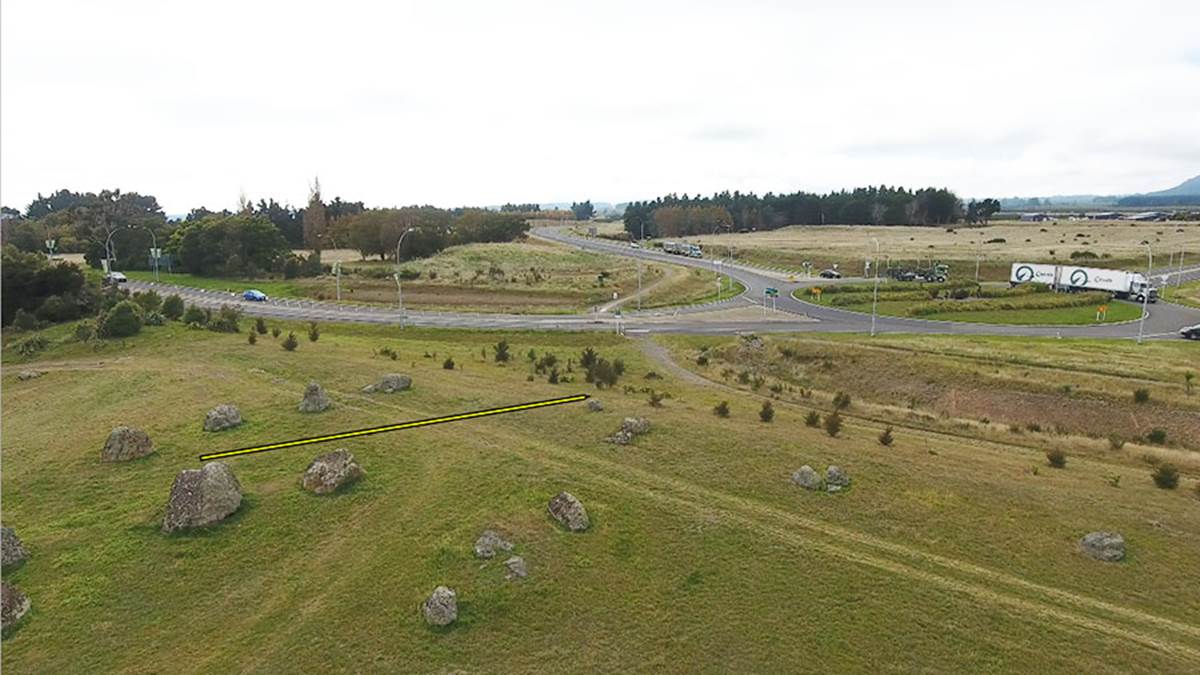
A former built-up mound can be seen across the highway in the background. Likewise the hubstone and its immediate array of circumnavigating outer markers sit on an elevated mound in their own right.
POSITION 22.
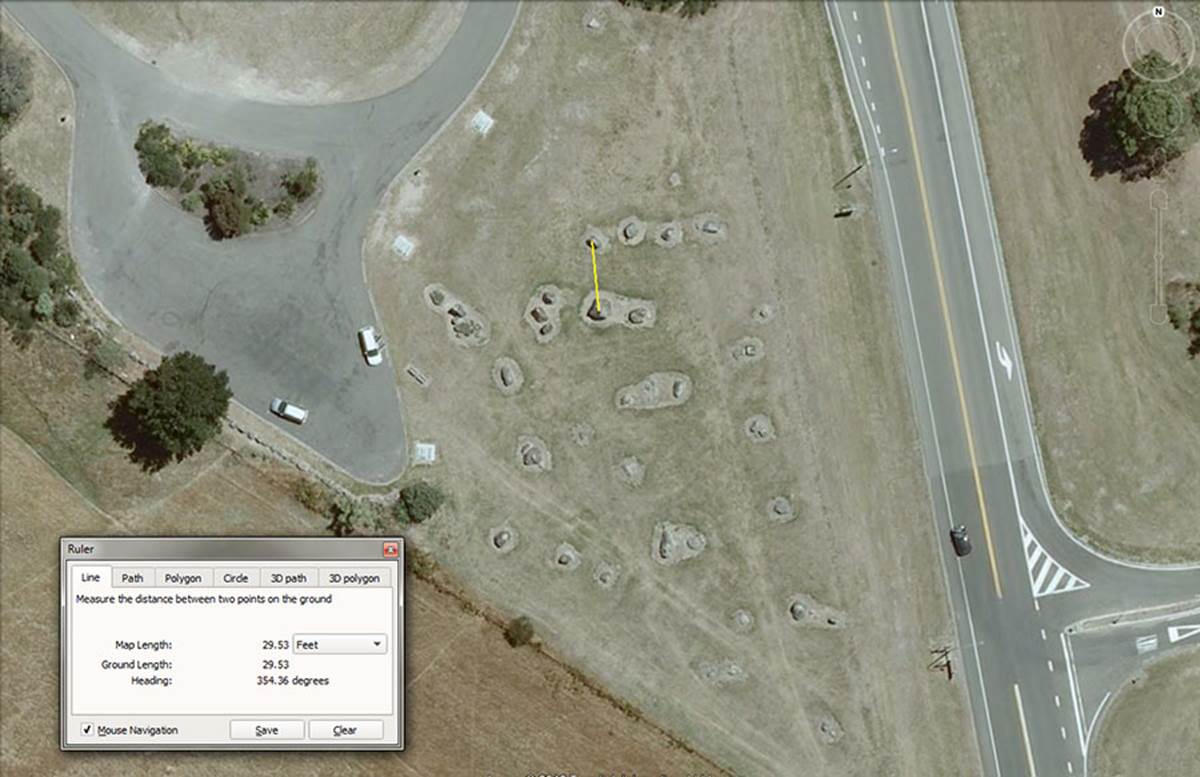
This upright obelisk would be very useful for tutorials related to degree angles ranging from 350 to 360-degrees west-side to east-side through its girth. It sits at a distance from the hubstone of 28 to 30- feet. In the above picture it's coding 29.53125-feet of distance at an angle of 354.375-degrees, which would appear to be its original, assignment to the peak position . Of course, 29.53125-days is the duration of a lunar year to an accuracy of under 1-minute of time, whereas 354.375-days is 12 lunar months or 1 lunar year.
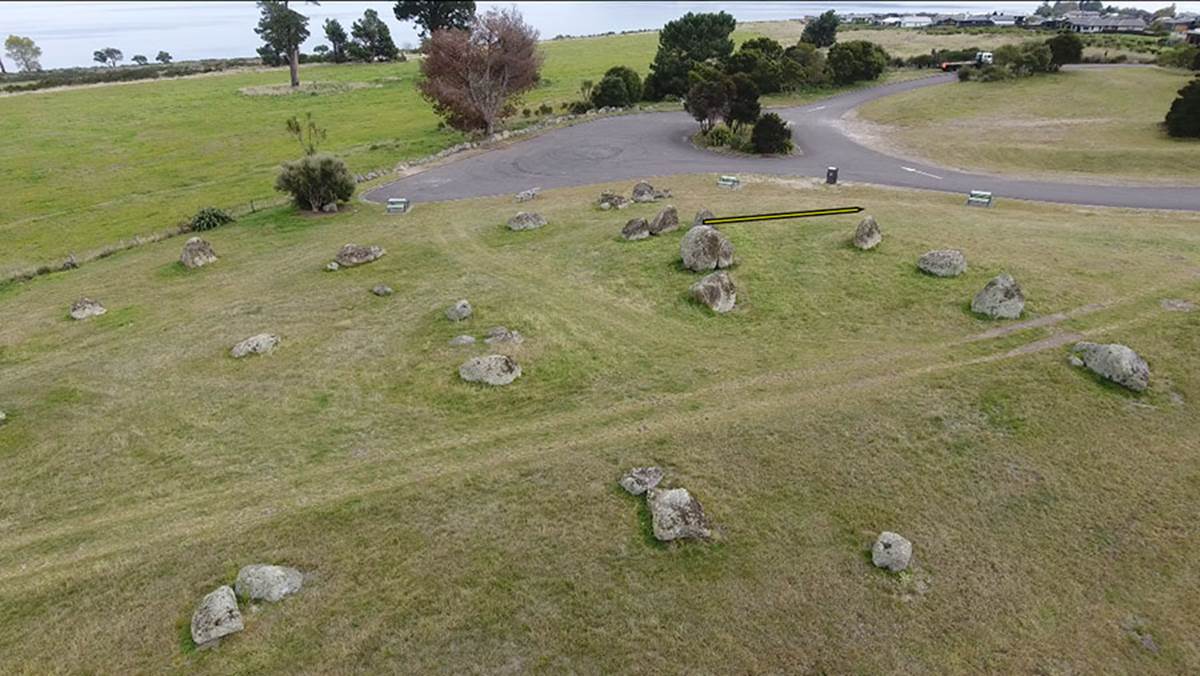
POSITION 23.
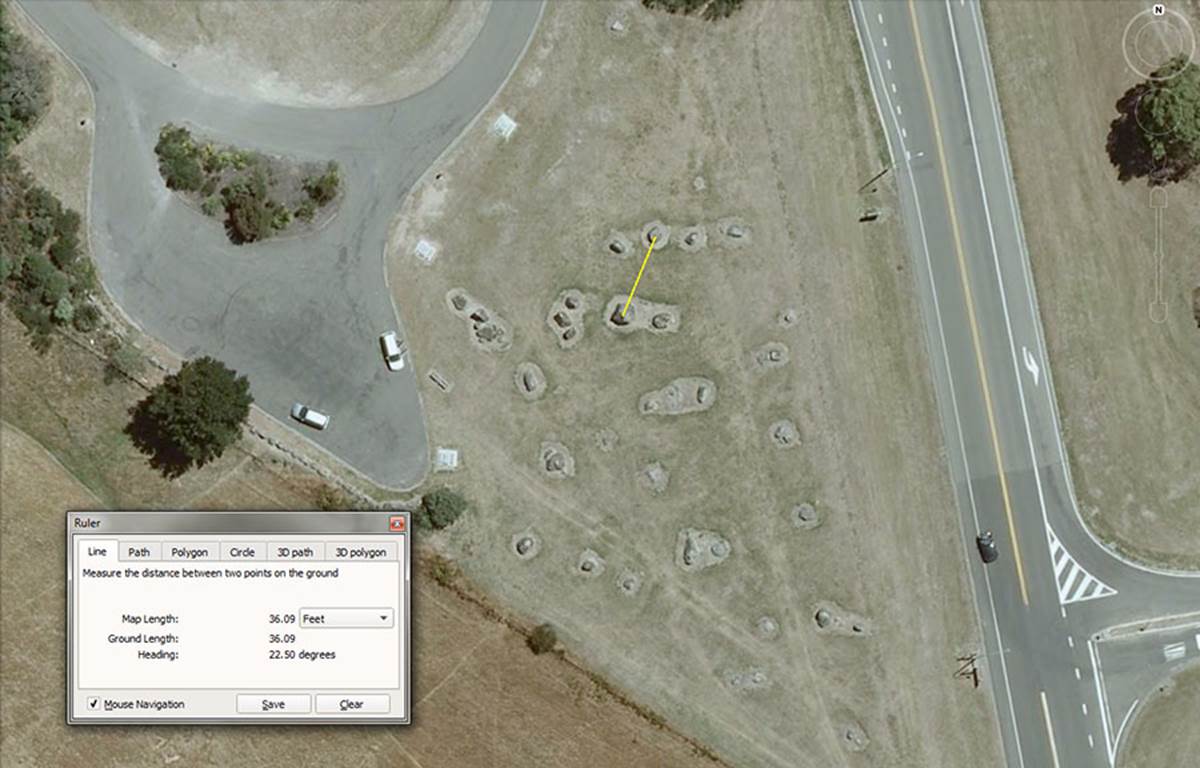
This obelisk is 36-feet from the hubstone at 22.5-degrees. The tutorials here would have accentuated the 360-degree system and its primary or secondary divisions of ½ , ¼, 1/8th , 1/16th , 1/32nd , 1/64th segmentations, etc.
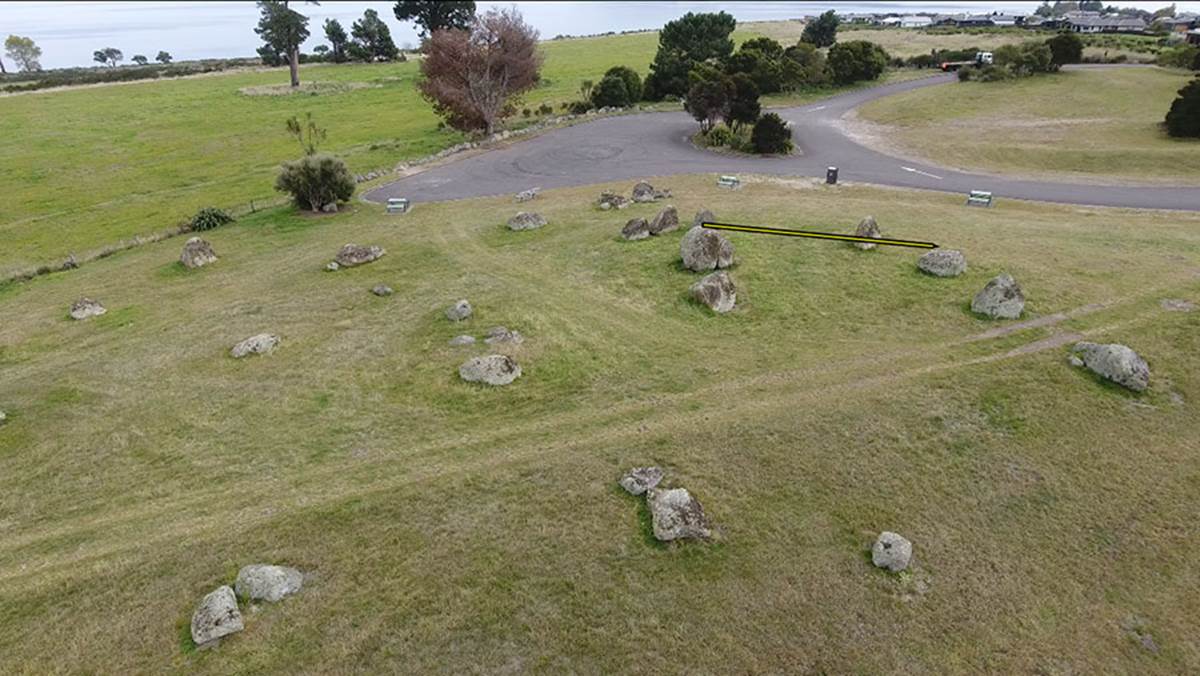
POSITION 24.
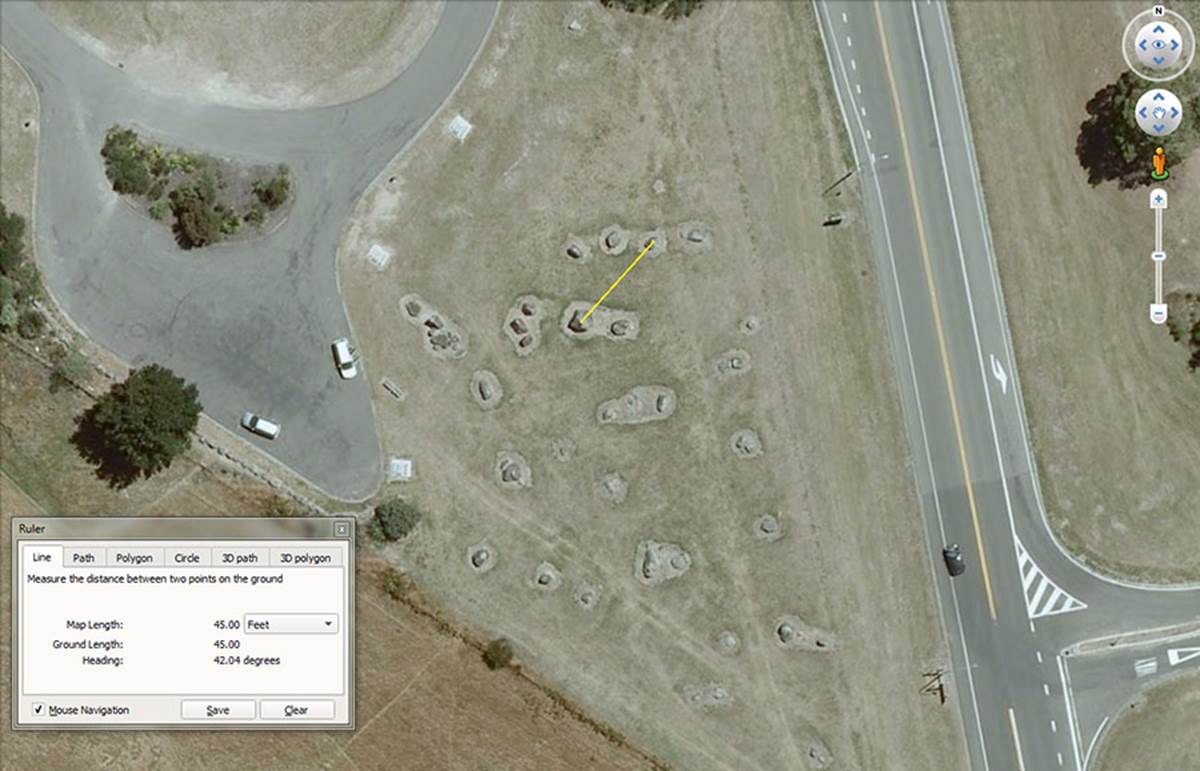
The obelisk sits 45-feet from the hubstone at an angle of 42-degrees.
A progression based upon 45 goes:
45, 90, 135, 180, 225, 270, 315, 360 and, of course, relates to the 360-degree compass.
A progression based upon 42 goes:
42, 84, 126, 168, 210, 252, 294, 336, 378, 420, … 630, 672, … 756, 1008, 1050, … 1134, … 5250, etc., and was used for navigation, as well as lunar cycle determinations.
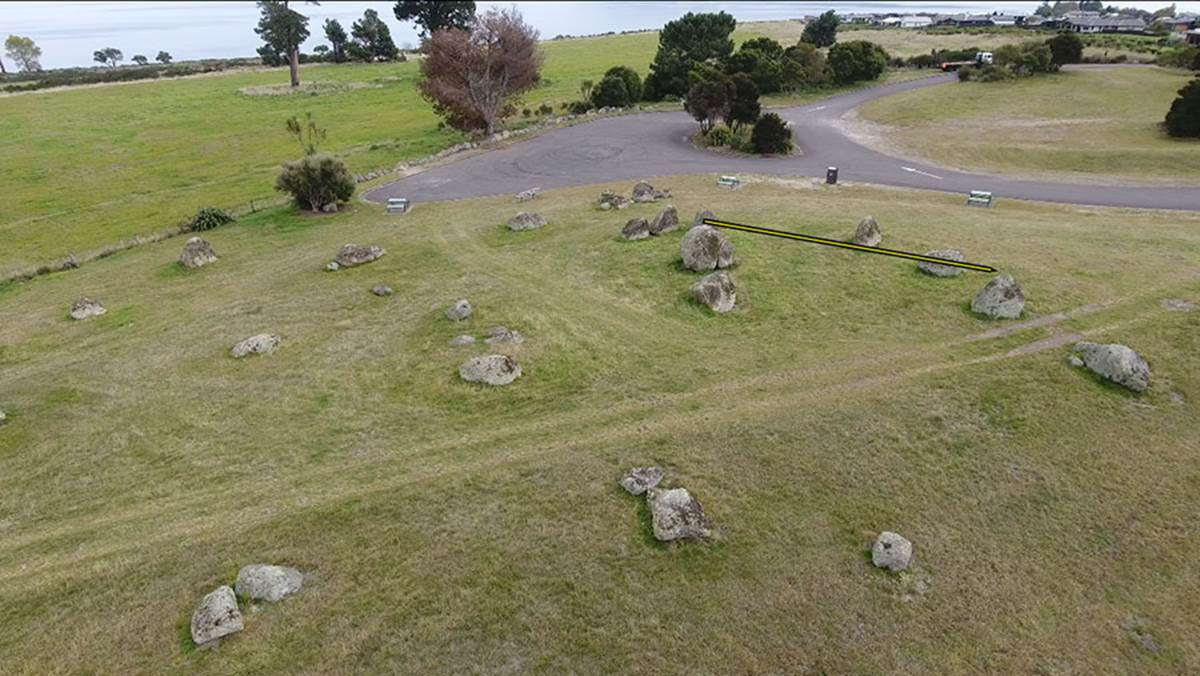
POSITION 25.
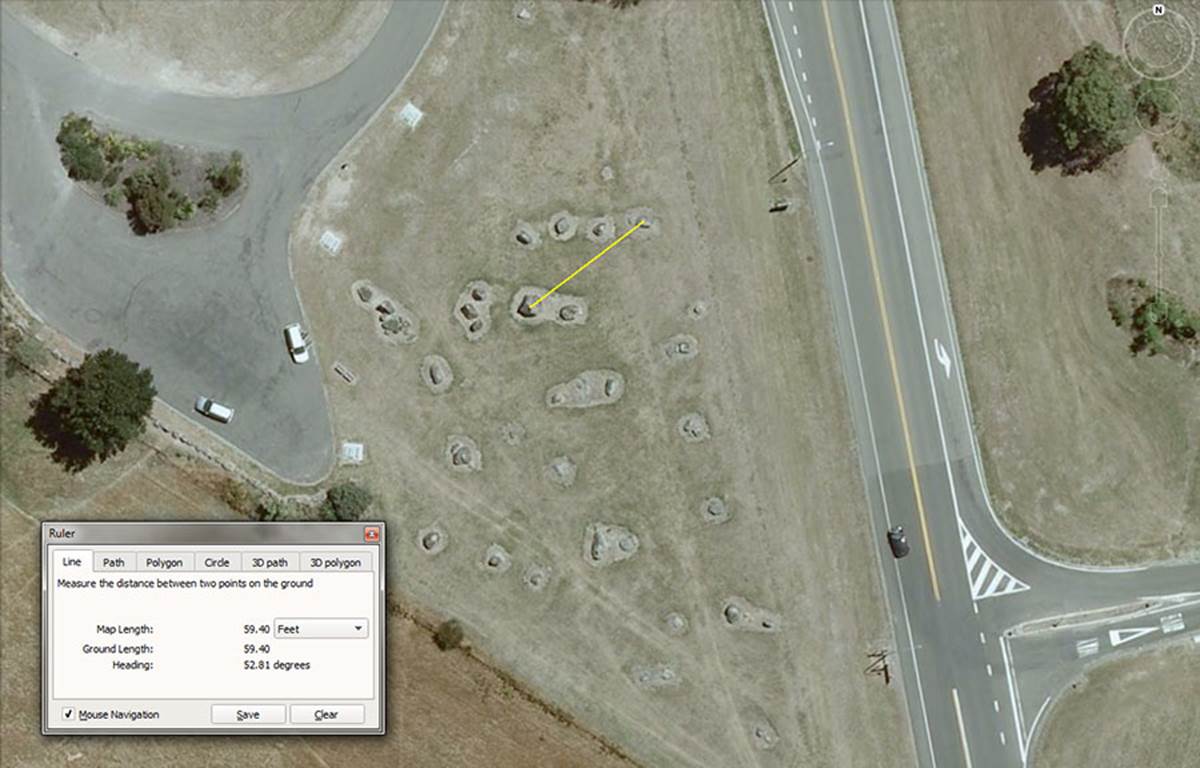
The distance to this obelisk from the hubstone is 59.4-feet and the angle is 52.8-degrees. At this position tutorials could be given related to the two ancient miles that were based upon an “11” progression of numbers. These were, of course, the increments that became the English mile of 5280 feet and the Scottish mile of 5940-feet or 1-furlong (660-feet) larger than the English mile.
